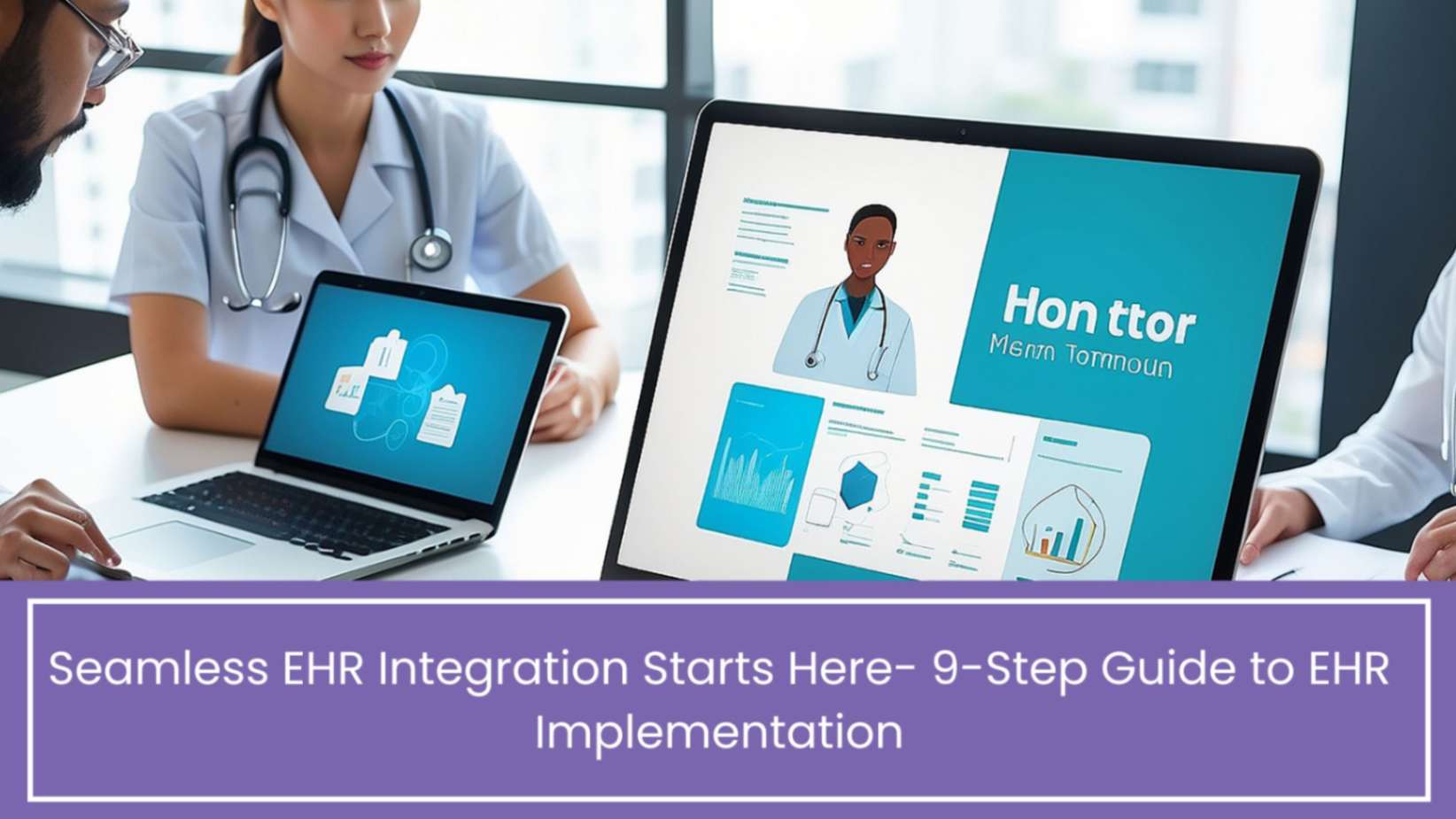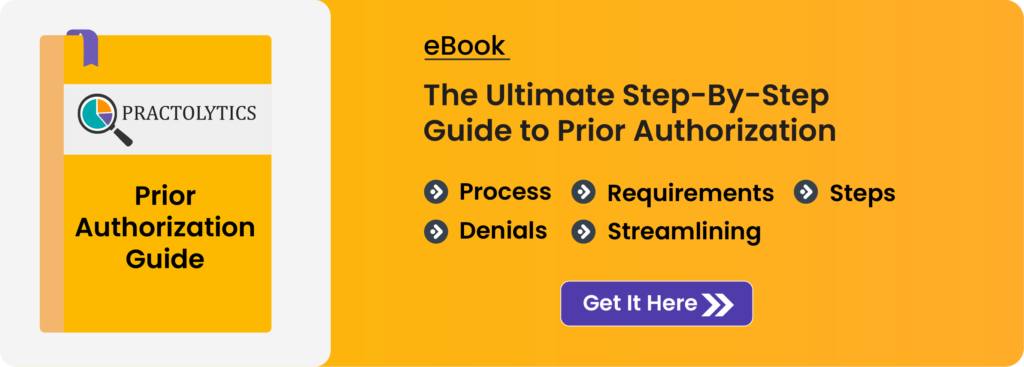9 Steps for Successful EHR Implementation
Every healthcare organization must make a big decision when selecting a new Electronic Health Record (EHR) system by following this 9 steps for successful EHR implementation. The operations of the business and patient care will be significantly impacted by this choice. It’s a daring step in the direction of digitalization. This move promises to transform everything, including billing and patient care. An EHR should be a strong instrument. It should be a single source of truth that facilitates everyone’s work and raises the standard of care overall. Switching from an outdated system to a new one is difficult in reality. This is because it can be challenging. Many firms make the mistake of viewing technological updates as straightforward changes. They fail to recognize the need for a comprehensive, practice-wide transformation.
It takes time to install an EHR successfully. Not a sprint, but a marathon. It requires careful preparation. Steadfast dedication and a profound comprehension that technology is but one component of the whole are also necessary. The key to success is focusing on individuals and procedures. These are the elements that will make the system work. Staff fatigue and a decline in productivity can result from a poorly executed implementation. Additional issues, far worse than the initial problems, can also arise. Don’t worry. You can steer clear of typical errors. Take a thorough and structured approach to ensure your practice succeeds in its new digital environment.
The first step is to develop a concept for your EHR. The remaining steps will guide you to a fully functional system.
Step 1: Assemble Your A-Team (The EHR Committee)
Your first move should be to create a dedicated EHR committee. This group is the heart of your project, and it needs to be as diverse as your organization. Don’t just put IT and administrators in a room. Physicians, nurses, medical assistants, front desk employees, and billing staff are all members of a cross-functional team. A cross-functional team should include all these individuals. There is no negotiating this representation. Why? Each member has a unique perspective on how the system will impact their daily activities. This is due to the fact that every individual’s viewpoint is different. This group will manage the new system. They will handle goal-setting, vendor selection, and peer support. Building trust is crucial for a new system’s success. Early participation guarantees that everyone benefits from the system. It ensures a favorable result.
Step 2: Define Your Goals and Objectives
You need to define what success means for your practice. Before looking at vendor brochures, you need to define “successful.” General objectives like “improve efficiency” are not enough. They lack specificity. You must establish clear objectives. In addition, they must to be time-bound, relevant, quantifiable, and feasible. Do you want to cut down on how long patients must wait to check in? Would you like to reduce the wait time by 25%? Do you want to reduce insurance claim denials? Is a 10% reduction your goal? Do you intend to raise patient portal adoption to 50% within the first six months? These objectives will act as your compass. They will help you make decisions and offer a means of calculating return on investment following the event.
Step 3: Conduct a Thorough Vendor Assessment
Perhaps the most important choice is this one. This choice is crucial. You must make an informed decision. Your EHR vendor will be a long-term partner. Using the objectives you specified, create a list of criteria. This list should be thorough. When assessing a healthcare solution, take features, cost, and usability into account. Also, think about interoperability with other systems. Your greatest attempts will be thwarted. A cumbersome, confusing UI will hinder your progress. Don’t stop with the sales demo. Request a sandbox environment for your committee to test in and ask for references.
Step 4: Create a Detailed Implementation Plan
The next step is to create your roadmap after choosing a supplier. The next steps for your project will be outlined in this roadmap. This plan needs to be an ongoing document. Every phase of the project should be properly discussed. Every stage should have clearly defined duties, due dates, and milestones. Work closely with the implementation team of your vendor to accomplish this right. The plan should include a go-live date, the training calendar, and data migration tactics. All of these elements should be covered in the plan. Underestimating time and resources is a common mistake. It is one of the most frequent errors. Make sure to include buffer days in your timelines. Substantially pad your timelines. An effective communication strategy is necessary for a well-planned strategy. The staff is kept informed about advancements and goals for the future.
Step 5: Master the Art of Data Migration
Transferring patient data between systems is difficult. Transferring patient data is dangerous. Your committee must decide which data to move. You must begin only after the data has been decided. Is it more strategic to upload only current patient information? Do you require a full historical record for each patient? This is your opportunity to do a data cleanse. Remove any outdated or erroneous information. Work together with your provider. Create a validation plan to ensure that the data in the new system is accurate. For patient safety, the transfer must go smoothly. The data movement will be successful without any problems.
Step 6: Continue to train (and then continue to train)
If staff are unable to use the most advanced EHR Software in the world, it will not function. Employee usability is crucial for an EHR’s effectiveness. One of the main reasons for implementation failure is inadequate training. Lack of proper training can lead to implementation failure. Training should be practical and role-specific. It should also be ongoing. Your billing department has different needs than your front desk crew. Your healthcare personnel need a different curriculum than your front desk crew. Assign employees with additional training as “super-users.” Enable them to act as internal experts, responding to inquiries and resolving problems instantly. Continued training is necessary on the day of go-live. To guarantee that everyone is still aware of the latest features, schedule follow-up seminars and refresher courses.
Step 7: Plan Your Go-Live Strategy
This is the big day. A well-thought-out plan is necessary. Most firms choose between two main strategies for system implementation. These are the “Big Bang” approach, where all users transition at once, or the “Phased Approach,” which implements the system in stages. The phased method makes course corrections easier. It is frequently less disruptive. Your go-live plan should include a strong support system. A strong support system is essential for any approach. A clear communication line for personnel to report difficulties is important. Direct access to the vendor’s support team and your super-users on the floor are also important. Be prepared to troubleshoot immediately. Anticipate unexpected situations.
Step 8: Offer Optimization and Post-Go-Live Support
The system becomes live. The effort continues. The learning process begins in the first few weeks and continues for several months. It takes place throughout this period. Make the most of this time. Aggressively seek out employee input. Establish a structured procedure for asking questions. Establish a structured procedure for reporting errors and recommending workflow enhancements. Now is the moment to pinpoint bottlenecks. Improve your operations and polish your clinical templates. The system should be optimized to suit your practice. Optimizing the system to fit the other way around is not a good idea. You should not consider the project completed because it is still ongoing. The project is undergoing continuous enhancements.
Step 9: Assess Achievement and Rejoice
You must go over your Step 2 goals again. Making sure your goals are still applicable and attainable requires this evaluation. Did you reduce patient wait times? Is your billing cycle shorter? Prove the worth of your new EHR system. Present concrete facts. Share this information with your employees. Let them know their efforts were worthwhile. An implementation that is successful is a noteworthy achievement. Celebrating achievements is essential. This festival raises spirits and fortifies a culture of cooperation and transformation.
Conclusion
Unquestionably, putting in place an EHR system is difficult. However, the trip can provide amazing benefits. These nine steps change your practice for the future. They go beyond simply implementing new software. Successful deployments prioritize people and procedures, not expensive technology. The most successful deployments prioritize people and procedures over expensive technology. Your practice can effectively manage the shift to digital healthcare. This is possible with a solid staff, well-defined objectives, and a dedication to ongoing development.
ALSO READ – 5 Approaches to Streamline Prior Authorization Turnaround Times
Talk to Medical Billing Expert Today — Get a Free Demo Now!






